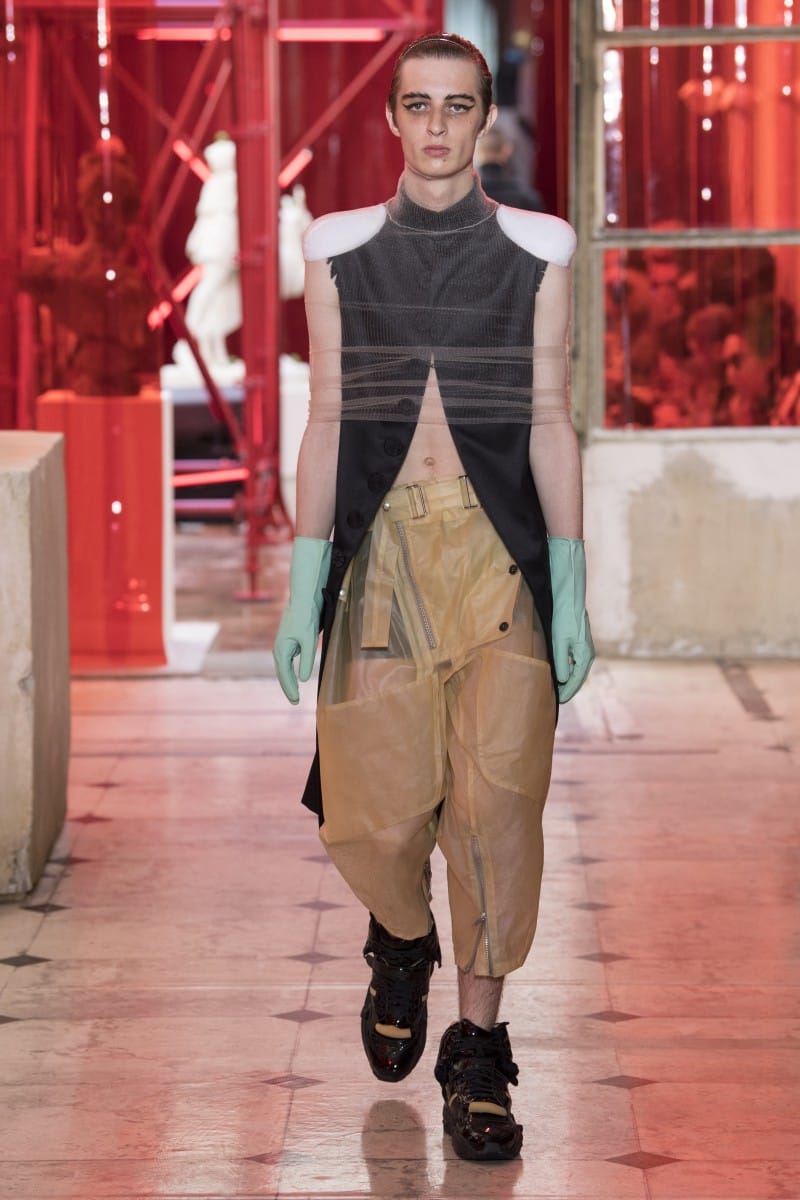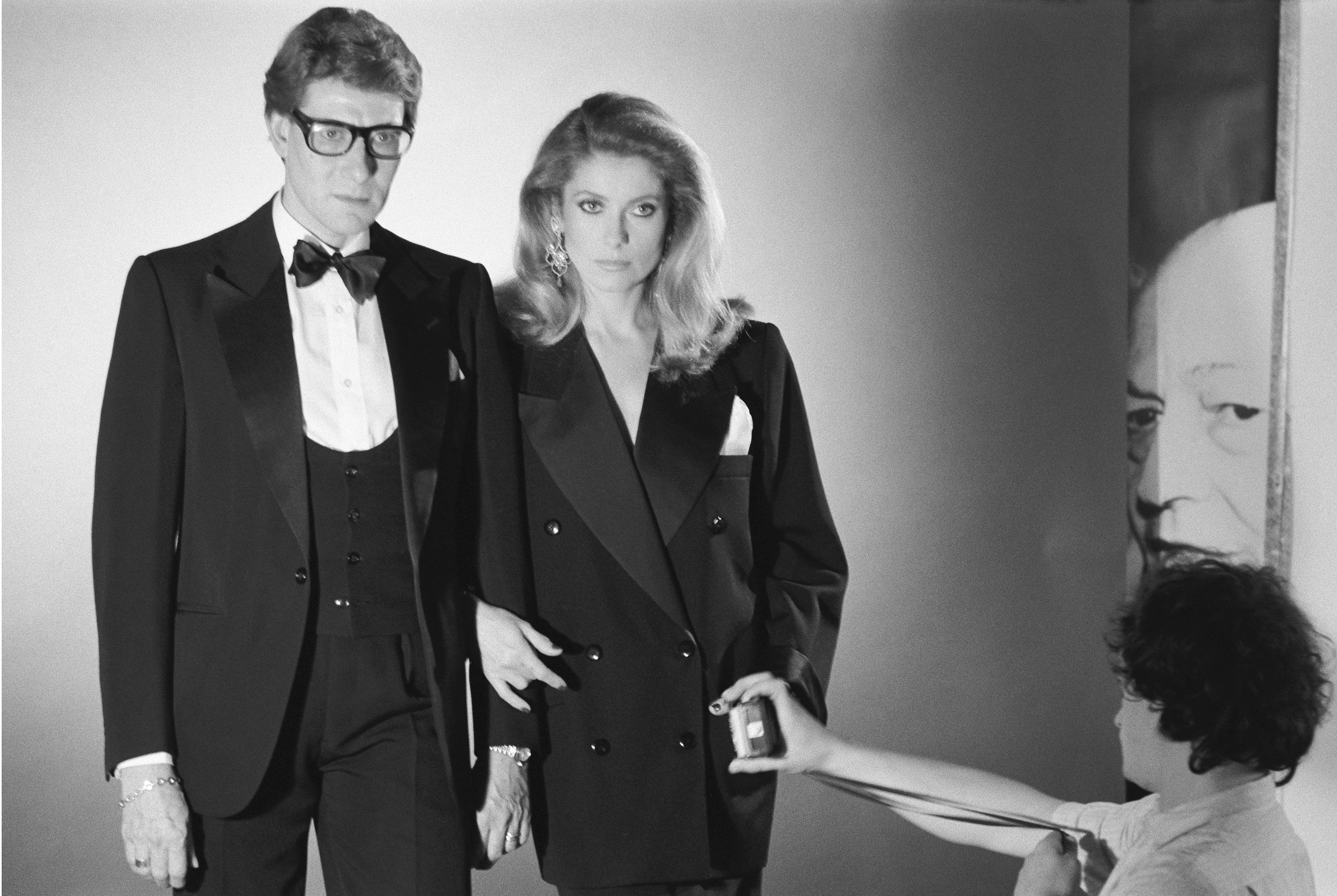by Kim Judge, MA Applied Imagination, CSM
The representation of women in the creative industries can seem horrifying by the contrast and enormous gender bias that is set to continue; perhaps we need to formulate a superlative plan that can impact a reformed gender equality act, encouraging a resolution for gender equity and the progressive nature of our people. Some of the topics that many people question includes the assertion of young women in the workplace, the facilitation of empowerment workshops, the gender equity debate and workplace flexibility too.
The UN Women Empowerment Principles states that gender equity is an important goal to be achieved as it forms part of their sustainable development goals. All world leaders must agree on the implementation and governance of such legislations that promote positive change, in this case for gender equality. For example, 66% of the world’s 774 million illiterate adults are still women. A lack of access to education pertains to specific barriers which spiral and cause conflicting impressions and responses when men engage with women both socially and emotionally.
“Unconscious or implicit bias is where your background, personal experiences, societal stereotypes and cultural context impact your decisions and actions without you realising. Implicit/unconscious biashappens by our brains making incredibly quick judgments and assessments of people and situations without us realising.”
By encouraging women to contribute more to the change that they hope for, we are potentially loading them with the full burden of change. If the COO of Facebook says that women should raise their hands more, speak up and find their place at the table; it can cause a large amount of pressure which can come with some potential backlash and subtle penalties. Women are at risk of a crisis of confidence too, according to the explanations of Maureen Fitzgerald (Implicit Bias – Tedx Talks), who claims she suffered imposter syndrome as she lost herself through ‘keeping up appearances’ while employed as a lawyer for ten years.
“So, what if the way we think about women, is the problem?”
According to Maureen Fitzgerald, the barriers affecting the gender bias have been speculated to be:
- Male preference
- In-group favouritism
- The maternal wall
Maureen believes that these barriers have one main root cause; she questions those who are responsible for elevating males through a lifetime of unconscious parental bias. She asks us to look at the pink and blue bias and the association of colour with gender. Many personal friends and creative associates have questioned this for years. Developmental psychology studies have shown that the choice of tone in speech and intimate adoration for children wearing pink is softer and more attuned to the hues of the colour. Whereas, parents engaging with children wearing blue, speak more harshly and use distant contact instead. So, with gender and colour association in question; are we looking at reconstructing gender roles? Or, are we tackling the constructs of gender equity in employment because it has already begun to be questioned and targeted socially through the arts and cultural industries.

A short film, PINK by Araba Aduah looks at dissolving old relationships between gender and colours.

Maison Margiela – Artisanal Menswear June 2018
In recent years, we have seen public figures present their stylised image with subtle alterations. These people and fashion houses too have begun to change the face of contemporary fashion. Gender fluidity in fashion has certainly contributed to the deconstruction of implicit bias’ that have affected both men and women for decades. The old term for gender neutral fashion was dubbed ‘unisex’ and had been referred to as agender futurism as well as the ‘peacock revolution’. There were a number of designers who pioneered androgynous fashion including the femme tuxedos first showcased by YSL in the ‘smoking suits’ collection of 1966. Marlene Dietrich was photographed in the 1930s wearing a YSL suit in the film Morocco, read more about the history of women in suits here.

Yves Saint Laurent and Catherine Deneuve Le Smoking tuxedos
Empowering people through the emergence of neutrality in our cultural compositions is a huge step forward in comprehending the fluid complexities of our human minds, emotions and existence. These brief yet impactful moments have influenced artists, designers and celebrities through the decades to project the importance of the holistic self. The idea of self-expression allows the observer to interpret and understand a greater meaning from the elements being portrayed, whether this pertains to fashion, film, or music etc…
In conclusion, the associative themes that have been raised, really do stipulate whether the implicit bias relating to gender is instilled in us from childhood and through unconscious developmental psychology. How that impacts us as we grow up and begin to be influenced by advertising and social appropriation is fascinating. How might we be able to create a resolution for both males and females in our national workforce is being unearthed. Recently, there has been many articles about the struggles of men and I do believe that the increased exposure of the gender pay gap may have caused a domino effect within male circles and encouraged them to speak more about their personal concerns and difficulties with gender equity. Perhaps, diversity training courses with the addition of implicit bias training is an option that companies may be taking up, but there is little evidence to say that such training works. Even so, each company would want to tally their own data and find the best structural intervention suitable for the long term. If there was a reformed equalities act that included an upgraded version of diversity training then perhaps quite a number of companies; charities and social enterprises could contribute their findings to the research of such an expansive field.
References
Maureen Fitzgerald – Implicit Bias
https://www.youtube.com/watch?v=YM1MBSczyzI
https://www.ft.com/content/4bf7efc6-3262-11e8-b5bf-23cb17fd1498
https://www.wmagazine.com/story/gender-fluidity-in-art

